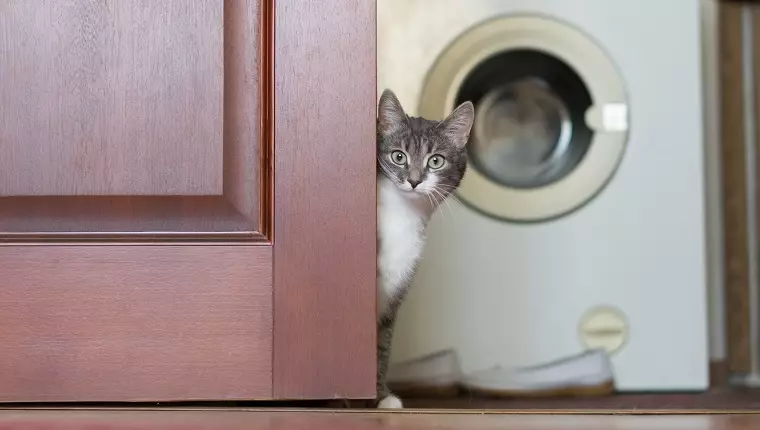Cats, often associated with ageless wisdom and unyielding independence, are subject to a plethora of sayings that suggest their resilience. Common phrases like “cats have nine lives” and “cats always land on their feet” paint a picture of extraordinary endurance and capability. However, beneath this enigmatic persona lies a pressing reality: as much as felines are adept at navigating life, they remain vulnerable to potential dangers within our homes.
While their agile bodies and sharp instincts do offer them some protection, it is our responsibility as caretakers to create an environment that minimizes risk. In doing so, we foster not only their safety but also their well-being. Let’s delve into essential strategies for making your home a safer haven for your cherished feline friend.
To start, a comprehensive assessment of your living space is crucial. Common household items can pose threats to curious cats. For instance, various plants can be toxic if ingested. Cats are intrigued by greenery, and certain species such as lilies and philodendrons can cause serious health issues. Ensure that all houseplants are safe by researching their toxicity and either removing hazardous varieties or placing them out of reach.
Another area of concern is household cleaning products. Many standard cleaners contain chemicals that are detrimental to feline health. Opt for cat-safe cleaning solutions or consider natural alternatives that are effective yet harmless. Always store these items in secure locations to prevent accidental access.
Realistically, cats can get into places that one might not immediately consider hazardous. Securing windows with screens is vital to prevent falls or escapes. Likewise, protecting corded items like electrical wires is essential. Use cord protectors or tuck away loose cords so that inquisitive cats don’t chew on them, which could lead to electric shock.
Additionally, consider the furnishings in your home. Sharp edges on tables and unstable furniture can create perilous conditions, particularly for playful cats. To mitigate these risks, rearranging your furniture to eliminate sharp corners or ensuring stability can make a significant difference.
Establishing a daily routine can also enhance your cat’s safety. Regular feeding times and consistent litter box maintenance create a familiar environment where your pet feels secure. Familiarity decreases anxiety and allows your cat to focus on their typical daily activities rather than navigating a chaotic space.
Engaging your cat with toys and interactive playtime not only satisfies their natural instincts but also diverts them from exploring potentially dangerous items. Creating designated play areas provides both stimulation and safety, allowing your cat to thrive.
In essence, while cats might possess an air of invincibility, it is crucial for us to actively ensure their safety. By identifying potential hazards and making strategic adjustments to our homes, we can create an environment where our feline companions can wander freely with the knowledge that they are secure. The journey of being a responsible pet owner involves constant vigilance and adaptation. Share your own strategies to promote a safer environment for our beloved pets, and let’s continue to learn together.
